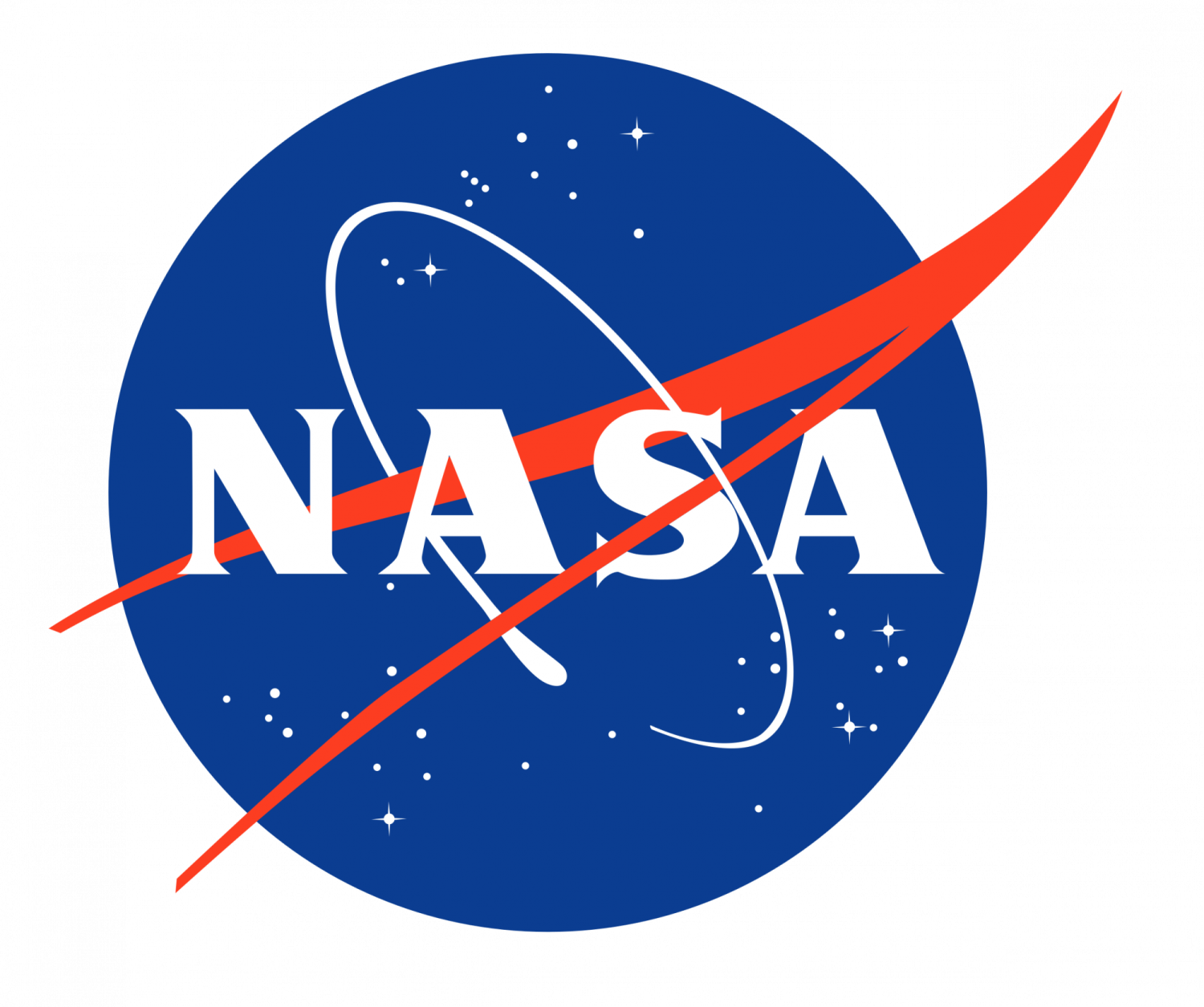Three aerospace students earn NASA fellowships

Three University of Colorado Boulder aerospace graduate students have been named 2022 Future Investigators in NASA Earth and Space Science and Technology (FINESST).
Julian Hammerl, Jackson Jandreau, and Erin McMurchie have each earned the grants, which provide up to $50,000 annually for three years to cover tuition, expenses, and student-designed research projects.
FINESST proposals must address goals relevant to NASA's science mission directorate divisions -- heliophysics, earth science, planetary science, or astrophysics. The agency received 927 applications from students across the country and is funding 140 of them.
Find out more about each of our awardees and their research below:
Categories: News

